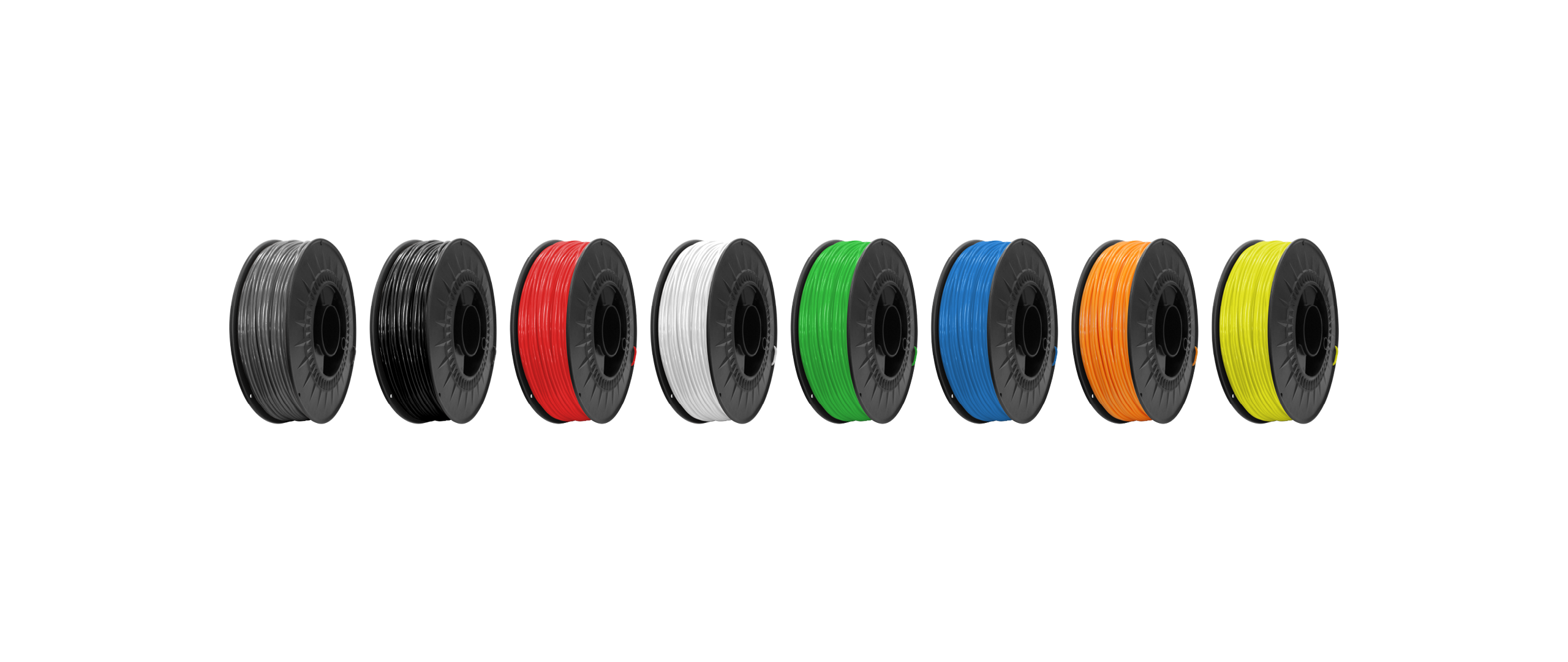Biomechanics is the study of how the body moves, and in podiatry, it focuses on how the feet, ankles, knees and hips interact during standing, walking and running. At FOOTMED, we offer dedicated biomechanical assessments to investigate the causes of pain, instability, or poor function in the lower limbs.
Many patients come to us with persistent or recurring problems that may be related to foot posture, alignment or movement. Even subtle imbalances can affect the way pressure is distributed through the feet and legs, leading to overuse, strain or discomfort over time.
Our biomechanical service combines clinical expertise with modern digital technology. Assessments are carried out in a quiet, well-equipped MSK room and include clinical testing, functional movement analysis, and 3D scanning for precise orthotic design where required.
Orthotics (custom insoles) are often prescribed as part of the management plan. These are tailored to the individual using advanced CAD/CAM software and manufactured to match the needs of your feet, activity level and footwear. Our aim is to reduce pain, improve function and support long-term mobility.

Many painful conditions of the feet and lower limbs are caused or worsened by mechanical stress. This can result from inherited foot shape, age-related changes, muscle imbalances, or repetitive strain from sport or work.
Biomechanical assessment is recommended for people experiencing:
It’s also useful for:
Identifying the root cause of a problem allows us to treat it more effectively, rather than simply addressing symptoms.


Every patient receives a comprehensive assessment tailored to their symptoms, lifestyle and goals.
A typical appointment includes:
Based on your results, we will recommend a management plan. This may include:
All assessments and treatments are delivered by HCPC-registered podiatrists with advanced training in musculoskeletal care. Whether you're managing a long-term issue or recovering from a recent injury, our goal is to help you move with comfort and confidence.